Great horror can always be found if you seek it out, and sometimes, the most horrific and haunting scenes lurk in films outside of the genre.
As a horror movie addict, I’m always searching for a thrill, but that doesn’t stop me from watching films from all genres. From adventure to animation, I’m all for the ride. However, it always stops me in my tracks when an adventure or a mission in a generally upbeat or magical tale takes a dark turn and can set me on edge.
I’ve sifted through my memory banks and found moments in non-horror films that were either eerie, creepy, or downright horrifying to conceive. From war movies that leave the ground littered with corpses to a park that promises prehistoric dreams, these movies had moments that shook me, made me think more deeply about the sinister implications, and sometimes completely floored me with their emotional or visceral power.
Agree or not, and with memories of your own horrifying misplaced cinema moments, I invite you to share; I welcome you into my top 10 most unsettling moments of horror-free programming.
1. Jurassic Park – T-Rex Paddock Escape
In 1993, Stephen Spielberg rolled out a film that would expand our imaginations, break box office records, and revolutionize the way we use computer imaging.
Jurassic Park was based on the 1990 novel of the same name by Michael Crichton, who would join the project to assist David Koepp in penning the script. With a cast of stars anchored by Sam Neill, Laura Dern, and Jeffrey Goldblum, the fantasy film that brought one of history’s most incredible beings back to life was a guaranteed success.
Not a horror film, this movie still dishes out thrills early on until the film’s iconic conclusion, but Jurassic Park didn’t just have moments of long necks wandering the planes with awe-inspired onlookers; it also had moments of definitive terror.
One of two scenes that remains terrifying to this day is the escape of the T-Rex from its paddock, edging out the velociraptor’s cunning scenes with brute force and undeniable power.
Swallowing a goat whole and dismantling the steel wires that hold the beast as though they were twine, as the creature breaks free, we see the first images not only of a computer-generated monster but the closest we had gotten to a creation of this beast that wasn’t preserved in a museum.
Hulking, roaring, and curious with those intelligent eyes, the children abandoned in their vehicle are left to reckon with the most powerful being in the park. As it assesses them, testing the car, breaking the glass, prying at its meal, we experience a sequence of terror as a primordial giant shows just how insignificant we are in the annals of history and that only an extinction event could have rivaled the raw apex predator in its prime.
2. Inglorious Basterds – Introduction
In 2009, director Quentin Tarantino would tell the intricate drama and war story Inglorious Basterds.
Loaded with a talented cast that boasted Brad Pitt, Eli Roth, Diane Kruger, Michael Fassbender, and the focus of this section, Christoph Waltz. Tracking several characters, including a group of Nazi-hunting vigilante soldiers made entirely of Jewish enlistment, The Basterds, as they called themselves, had one job: killing Nazis.
The alternative story that we follow is that of the menacing Col. Hans Landa, also known across Europe as The Jew Hunter. Arriving in France at the beginning of the movie, a visit from the S.S. is never something to look forward to, but this particular, chilling exchange that leads to the deaths of the innocent is something I always watch with my breath held.
Col. Hans Landa claims his greatest asset is that he can think like a Jew, a rat, he believes them to be, and thinks of their desperation as he hunts. He explains with frigid factuality his hatred for the Jewish people, saying it’s merely a fact you hate the rat; it has never hurt you, but you know it to be disgusting.
As he converses in French, then switches to English, you are unaware of the web he’s weaving.
He comes to reveal he knows there is a family hidden below the floorboards of this man’s farm, and from this talk, they must not know English. He’s willing to not only spare the farmer’s life for hiding them but leave the man and his daughters alone for the remainder of Germany’s occupation of France.
I can’t help but understand why the man makes the decision to betray his fellow farmers hiding under the floorboards, but hearing the S.S. boots rumble in and the powerful rifles tearing floorboards and bodies apart breaks your heart.
Though one member of the family gets away, young Shoshanna, Landa spares killing her as she runs for her life across the fields. Shouting out his goodbyes and smiling, this frightening knowledge he carries of her, as well as his love of the hunt, makes him a specter of horror — the German boogeyman, hunting the innocent simply fleeing for their lives in the face of unbridled tyranny.
3. No Country for Old Men – The Coin Toss
Cormac Macarthy’s novel No Country for Old Men was brought to the silver screen in 2007.
Directed by the Coen brothers, the film starred Javier Bardem, Tommy Lee Jones, and Josh Brolin. Set in the barren land of 1980s West Texas, the film explores some deep concepts of fate and circumstance. It follows the actions of a morally empty man, who some deem a psychopath or sociopath, depending on who you ask, hitman Anton Chigurth. It’s this man’s apathy and cold approach to life, death, and the human condition that makes him terrifying.
A simple game we’ve all played, the coin toss, becomes a matter of life or death for a man who stokes Chigurth’s temper.
After escaping custody at the beginning of the film and killing a stranger to use his car, Chigurth stops at a gas station. Attempting to pay for his items and gas, he is irritated by the owner’s questions and observations about him and finally pulls out a coin. “How much have you ever lost in a coin toss?” he asks the clerk, still cold but firm.
The man doesn’t seem to recall and also doesn’t seem to realize this might be the most important game of his life.
Chigurth insists, tossing the coin, letting it fall, and demanding the old man behind the counter call it. “I need to know what I’m calling it for,” the shaky man states. The answer is everything.
Calling heads, the man is correct, and with genuine joy, it appears Chigurth gifts the man the coin, telling him to keep it close but not just in his pocket. That’s your lucky quarter, Chigurth emphasizes, and to mix it in one’s pocket or place it with other change would make it just a coin. Which it is, and clearly, it isn’t.
It was a token for the man’s life, offered mercifully by a man who claims them as a career.
4. The Lord of the Rings – Bilbo’s Greed
The universe opened wide for Tolkien’s Lord of the Rings to arrive in 2001, directed by Peter Jackson and carrying a cast of stars led by Elijah Wood, Ian McKellen, and Viggo Mortensen.
Opening the world of the renowned trilogy into a visually stunning, Academy-winning feat would take years of work, hundreds of cast and crew, and a fan base that would show up to help it break records and solidify it as one of the strongest trilogies ever to be released.
The Lord of the Rings had plenty of characters and creatures to chill the blood, from the screeching ringwraiths to the manipulative, deformed Gollum; Middle Earth and its surrounding territories are far from tame.
But one particularly frightening moment still inspires shock and horror today, and it came from one of the film’s most gentle characters: Bilbo Baggins.
After Bilbo’s initial disappearance, he and Frodo are reunited, seeing Bilbo more aged after losing the ring and ready to pass on some of the items he used in his battles during the adventures in The Hobbit to Frodo. Giving him the famed sword, which glows blue when Orcs are near, and armor strong as dragon scales, Bilbo seems ready for someone else to carry on the adventure.
It’s when he sees the one ring again, drawing him in, that in a moment, his face changes into something perturbing and monstrous as he hisses and lunges for his beloved ring.
Immediately regretful, it’s still an image and an action that the audience and Frodo can’t seem to shake, and it shows that the ring has powers that affect its keeper long after it may have been passed on, and the traits it bestows in its wearers, aren’t all benevolent or kind.
5. Trainspotting – Baby on the Ceiling
A 1996 British black comedy, Trainspotting came from director Danny Boyle (who would become familiar with creating terror later with the breakout hit 28 Days Later), starring Ewen McGregor, Ewen Bremner, Jonny Lee Miller and Kevin McKidd.
Based on the 1993 novel of the same name by Irvine Welsh, the film was released three years later in the UK to positive reviews and an Academy Award nomination for the screenplay by John Hodge.
The story follows a group of heroin addicts navigating life, drugs, and crime in a poorer part of Edinburgh, documenting their time in the city and the evolution of their habits. The film had plenty of messaging about the dangers of drugs and the horrors of poverty and addiction.
While many scenes were disturbing, there is one after a tragedy occurs among the group that would shake its main character Mark Renton as he claws his way back towards sanity during an attempt to go cold turkey.
Deciding he’s sick of his life running the rat race on heroin, Mark Renton attempts to go clean in his room, buying suppositories to help him come down and preparing for the mind-bending process of getting his brain and body cleansed.
During his time coming down, he begins to hallucinate, every person he’s ever let down and every foul deed he’s ever done flying in his face as his mind rebels against sobriety.
In a moment of pure insanity, we see a baby crawling on the ceiling, endlessly crying, moving robotically. One of the addicts back at the compound where they used to get high had a child during their time there but got so high the child starved to death while the group nodded off around it, day after day.
Seeing the image of the dead child crawling and crying is nearly enough to drive Renton over the edge and is a horror-filled reminder of some of the things that can be lost when life loses all direction.
6. The Green Mile – Execution
A fantasy drama, The Green Mile was a 1999 film written and directed by Frank Darandont based on horror master Stephen King’s 1996 novel of the same name.
Following the story of a death row guard portrayed by Tom Hanks during the Great Depression, his character witnesses the occurrence of the supernatural phenomenon when a mysterious inmate, played by Michael Clarke Duncan, arrives at the prison.
Receiving positive critical reception and immense praise for the emotionally touching portrayals provided by Hanks and Duncan specifically, the film was a success and is considered one of the most moving films of all time. This emotional movement, though, came at the cost of many painful scenes, and one involving the deepest, most innocent human fear coming face to face with what can only be described as evil.
Duncan’s character is John Coffey, an imposing but gentle black man accused of raping and murdering two white girls. After showing he seems to have the power of life and healing by curing an infection that Paul (Hanks) has and bringing a dead creature back to life, those around Coffey begin to suspect he’s something remarkable and begin to question that someone this close to the divine could commit such unspeakable acts.
Regardless of belief, though, and thanks to some strings pulled and personal, powerful connections, a sadistic guard named Percy will oversee the execution of the inmate Del, a prisoner who has already suffered abuse at the guard’s hands and was given hope from Coffey.
Choosing not to soak the sponge that would conduct the electricity to kill him, Del instead burns in the chair, a horribly painful death that John can feel and experience as Del is incinerated. Though the guards are disgusted by Percy’s cruelty, forcing the fleeing man to watch the death he orchestrated and putting him in a cell to think about his heinous actions, the damage is done.
The horror show of the man’s agonizing death and the aftershocks of it are felt throughout the whole prison and are not easily erased from memory.
7. American History X – Curb Stomp
An indie crime drama, American History X was director Tony Kaye’s debut with a script from David McKenna. Starring Edward Norton, Edward Furlong, and Fairuza Balk (The Craft), the film follows two brothers from Los Angeles involved in the white power and neo-Nazi movements.
After a particularly brutal scene that I’ll discuss, older brother Norton is sentenced to three years in prison for voluntary manslaughter, where he finds rehabilitation and leaves prison with the goal of stopping his younger brother from becoming more deeply indoctrinated and following the same dark path that he took.
Earning Norton an Academy Award nomination, his portrayal is as nuanced as it is disturbing.
This film has a heartbreaking, unflinchingly violent look at racism in the moments where Ed Norton’s character chooses to cross from a bigot to a murderer. On a night when things are already tense, as Rodney King and the LA riots are a topic of discussion in the house, younger brother Danny alerts older brother Derek that their truck is being stolen by a group of Crips that they had encountered earlier.
Derek shoots two of the men, immediately killing one and leaving the other wounded.
In a moment of horror that cinema history will never forget, Derek puts the wounded man’s teeth on the pavement and executes him in front of his brother through the heinous act of curb stomping, snuffing out the man’s life in horrific blunt violence.
This scene is horrendous to watch and is the apex of hate, showing the lengths some are willing to go to express their disdain and punish those they deem inferior, no matter the personal cost.
8. Saving Private Ryan – Omaha Beach Arrival
The 1998 epic war film by Stephen Spielberg and writer Robert Rodat, Saving Private Ryan, is one of the most famous and well-created tales of war cinema has to offer.
Set in 1944 in France at the height of World War II, it follows Captain John Miller (Tom Hanks) and his unit as they attempt to navigate the dangerous country to find Private James Francis Ryan (Matt Damon) and bring him home after his brothers are killed in action. Rounded out by Edward Burns, Tom Sizemore, Vin Diesel, Jeremy Davies, and more, the movie was inspired by a series of books by Stephen A. Ambrose documenting the casualties of the war.
Its opening scene on Omaha Beach, which is the horror I’ll be discussing, was a behemoth in itself to create.
The most demanding scene of the film cost over $12 million to shoot over the course of four grueling weeks with the help of approximately 1,500 extras. Its efforts would garner it several Academy Award nominations, including a best-directing win for Spielberg, marking this film for the halls of the National Film Registry by the Library of Congress, marking it as historically, culturally, and aesthetically significant to filmmaking and the world.
As the young soldiers wash onto Omaha in their boats, you can feel the terror, the silence hovering despite a dozen mortars exploding just outside their vessels.
A whistle blows, and as the door opens, a barrage of fire kills dozens as a machine gun cuts through the troops. The loss of life is instant, the panic immediate, and the horror undeniable. Bodies fall into blood-stained water as shells and rounds pierce the souls swimming to shore.
In a moment of shocked semi-silence, through Miller’s eyes, we get a look at the battlefield. Young boys huddled and crying, braver men than I carrying the wounded on their backs, bodies incinerated, the wounded looking for missing limbs in a haze of shock, men cling to their exposed innards crying out for their mothers they will never see again.
The horror of this scene is its realism: the immense loss of life that occurred that day, the souls extinguished in moments, and the trauma of a generation that survived to stop a war consuming the world.
9. Requiem for a Dream – Amputation
In the year 2000, a psychological thriller and drug tale to rival Trainspotting hit the scene with an all-star cast of Jared Leto, Jennifer Connelly, Marlon Wayans, and the unstoppable Ellen Burstyn (The Exorcist).
Based on the 1978 novel of the same name by Hubert Selby Jr., the film, directed by Darren Aronofsky, tells the story of four drug addicts and the paths their lives take as addiction shapes them. The film garnered a positive critical reception and an Academy Award nomination for Ellen Burstyn, who took second place for most horrific fates on this list.
It’s Harry’s (Leto) fate that I think is most horrifying and makes him question if perhaps dying might have been the better option.
By the film’s end, our characters are facing their reckoning.
Harry and Tyrone are no longer high on top of the world; both have been arrested and while Tyrone faces hard labor and the racist pain of the guards, Harry’s fate is about to take a turn. Running a fever with a rotting needle wound in his arm, Harry is rushed to medical treatment on the brink of dying. Gangrenous and dead, Harry’s arm is amputated above the elbow.
It’s when he awakes, though, knowing his girlfriend, his mother, and his best friend cannot help him — he is an amputee, and his life is forever changed as he prepares to face prison — that the terror sets in, and Harry weeps desperately at the horror of his fate.
A gravitational moment, Harry has sealed his life with heroin and now has a permanent reminder of his fix in the missing arm where he used to shoot up the only thing that mattered to him.
10. Kubo and the Two Strings – The Aunts’ Arrival
A magical animated adventure and more of a childlike fear put into action, Kubo and the Two Strings almost went unnoticed when it was released in 2016 from Laika Studios. Only when it garnered nominations for best visual effects and best animated feature did it gather curious eyes interested in what this beautiful little stop-motion film could possibly be about.
Set in a world where magic is a reality, Kubo lives with his mother atop a mountain, sheltered from the world.
She brought the two there, pursued by her father after the murder of her husband, and her purpose as her memories fade remains to keep Kubo, already half-blind, from losing his other eye to his grandfather. A master with his instrument, Kubo’s music can bring paper to life, making him an excellent storyteller and also too curious for his own good.
The only rule he has is to return before dark, but as with all rules, this too would be broken.
Kubo tries to light a lantern at the festival for the dead to contact his father, staying out after dark and becoming frustrated that he receives no sign. Suddenly, the lanterns on the lake extinguish, and a ghostly chorus calling Kubo’s name pierces the mist. What appears to be a single, floating woman cloaked in black calls to Kubo, suddenly exposing that there are two women there, his aunts, duplicitous and malicious, come down from the heavens.
They have one request of the boy: his other eye. Their mission is to blind the boy and claim him for their own, hunting him and destroying his village, and inevitably, killing his mother.
Their sole purpose is to blind and kidnap a child at the expense of countless lives; the sister’s arrival is eerie and chilling and signals the horror of a mission that would mean the end of mortal life for a boy just barely beginning to understand what it means.


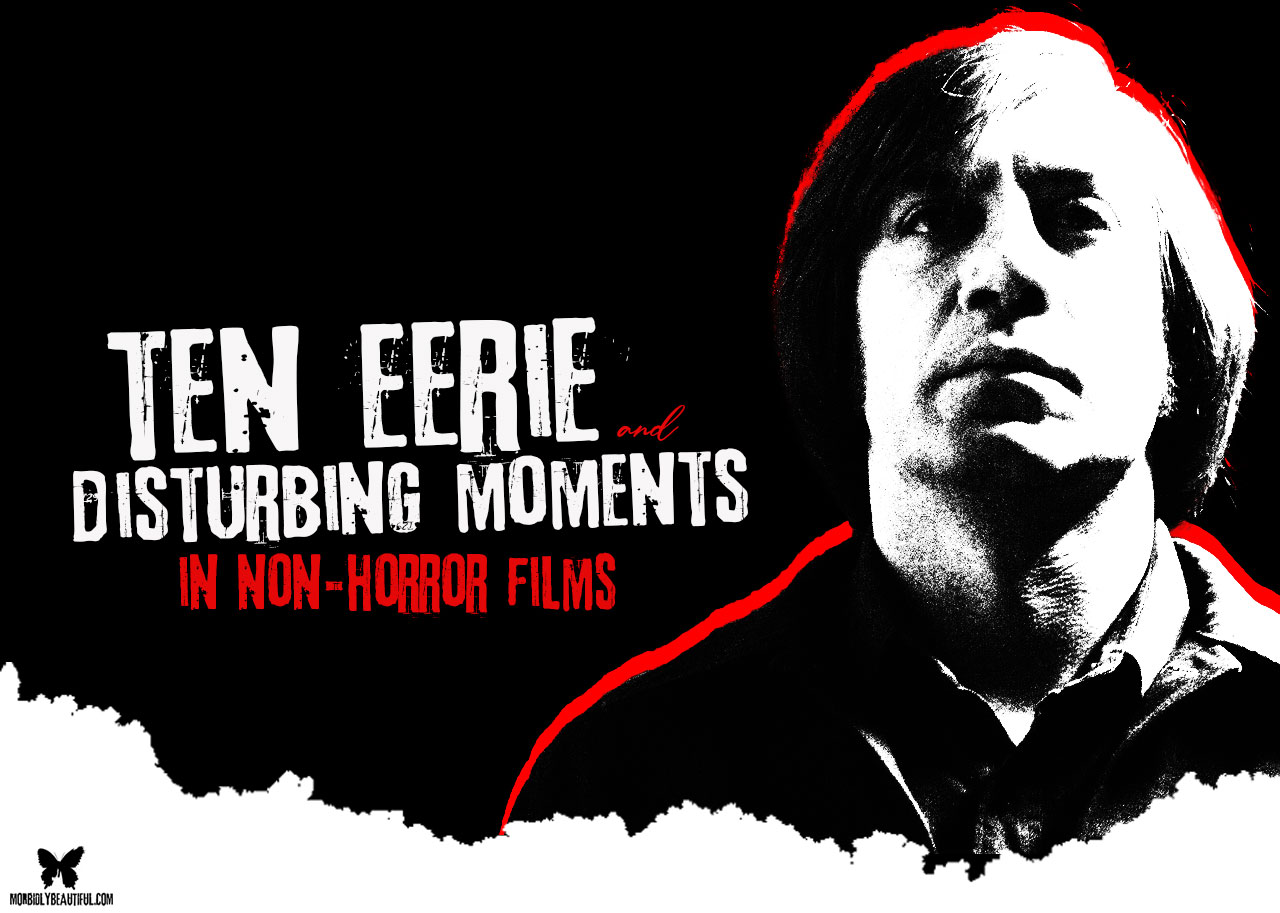
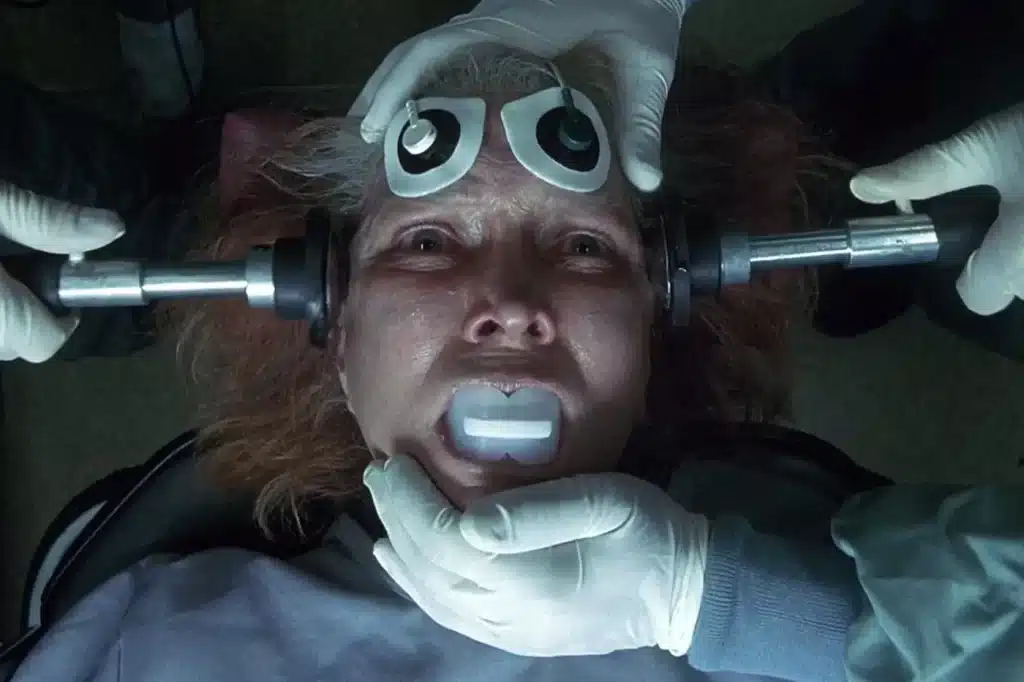
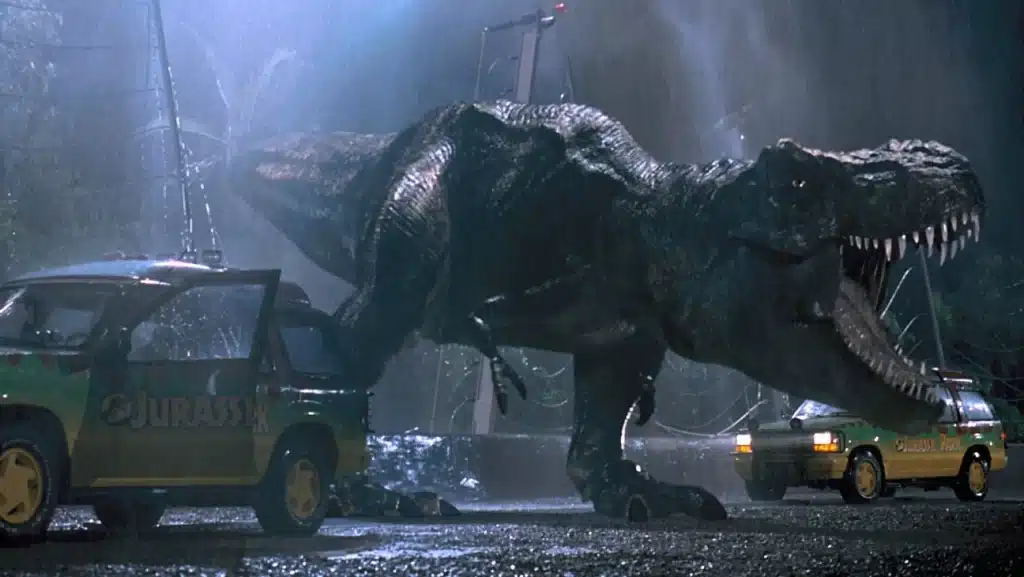
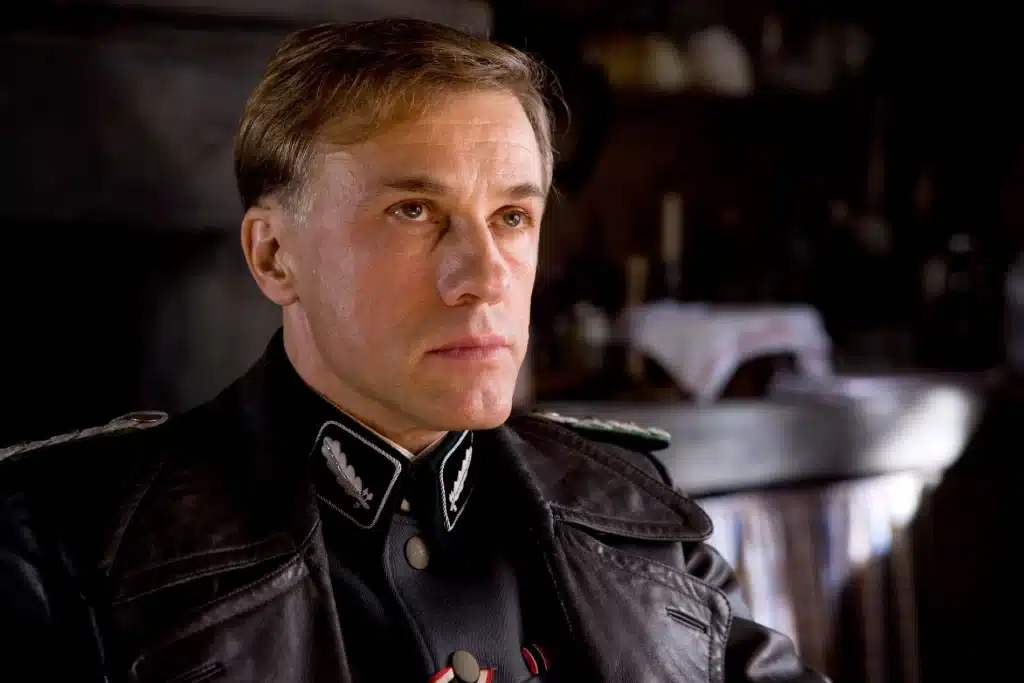
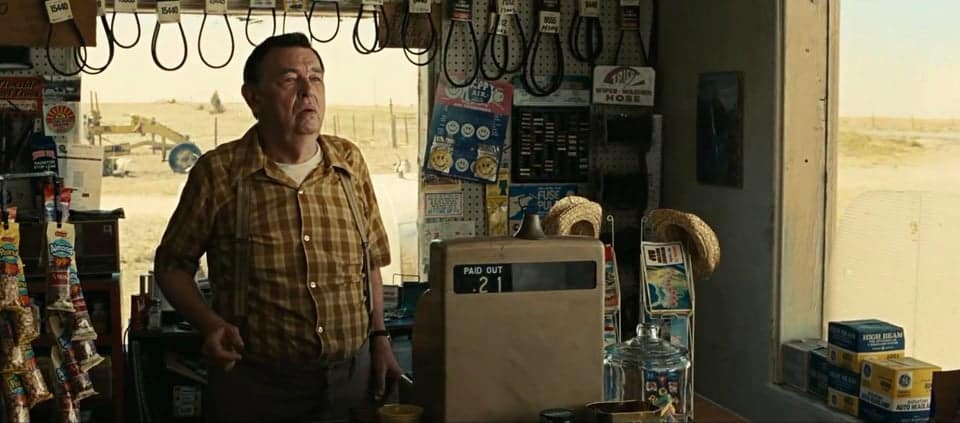
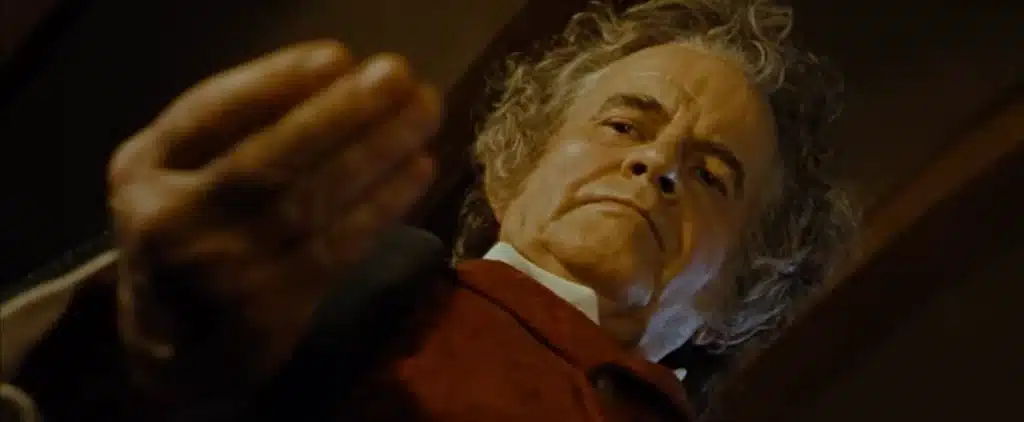
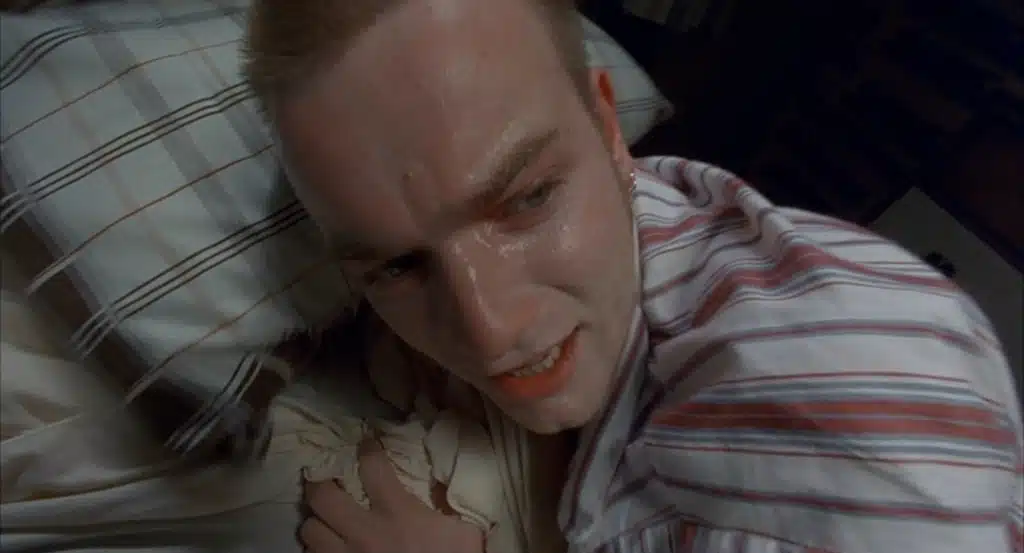
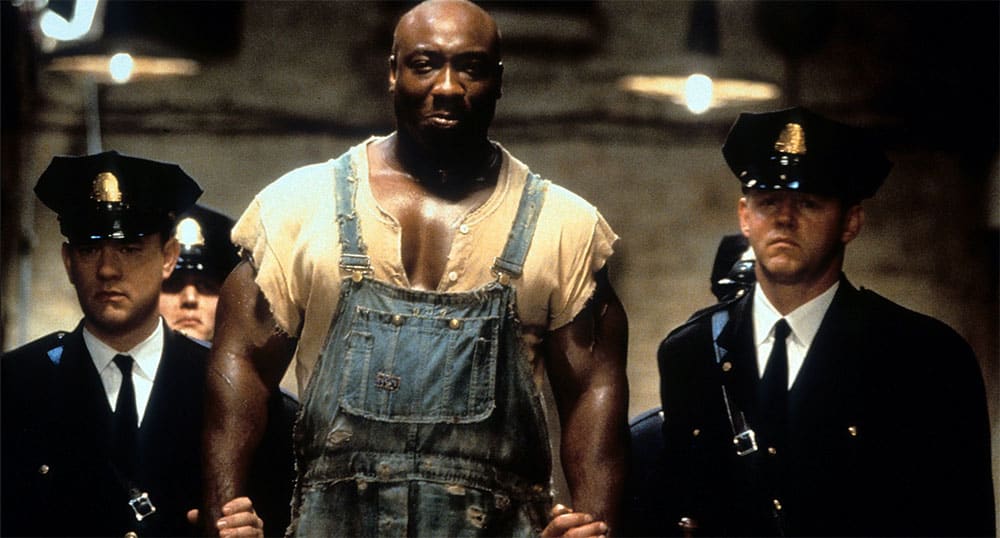
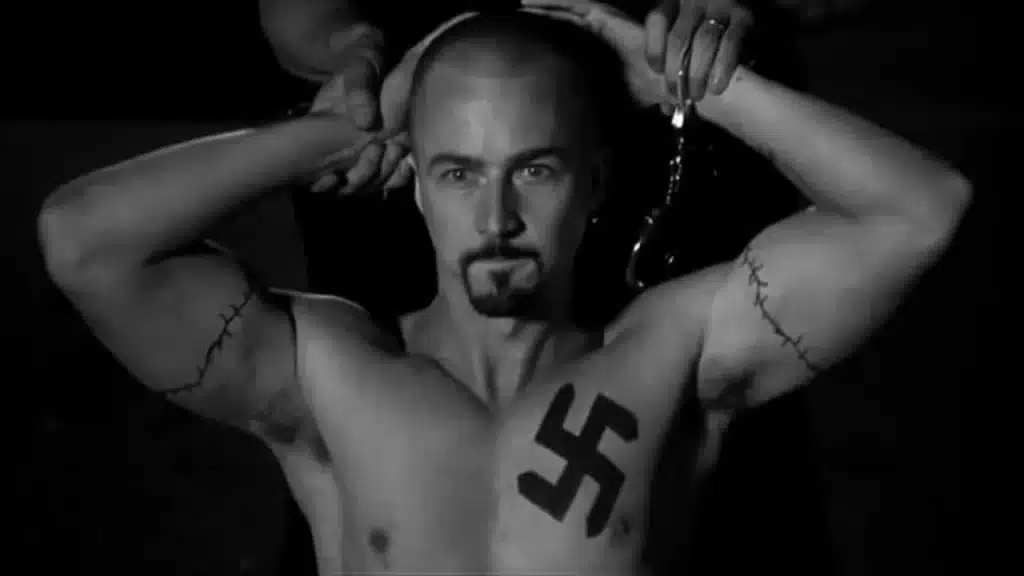
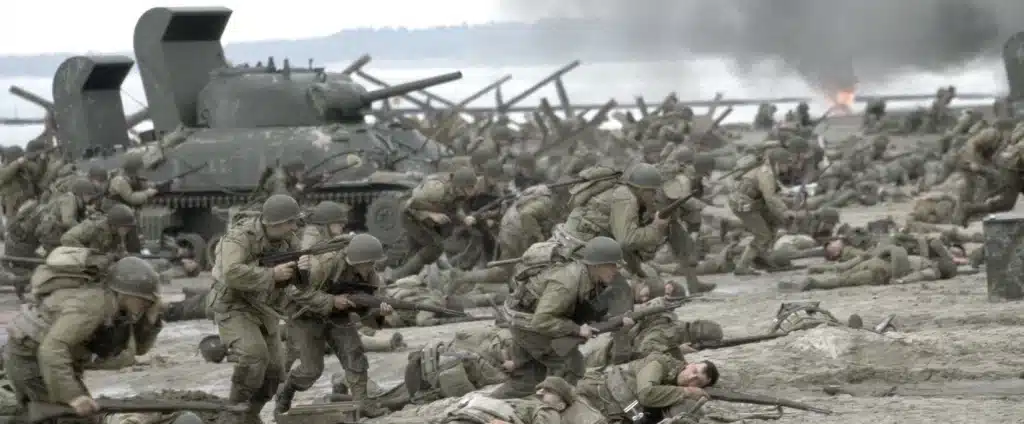
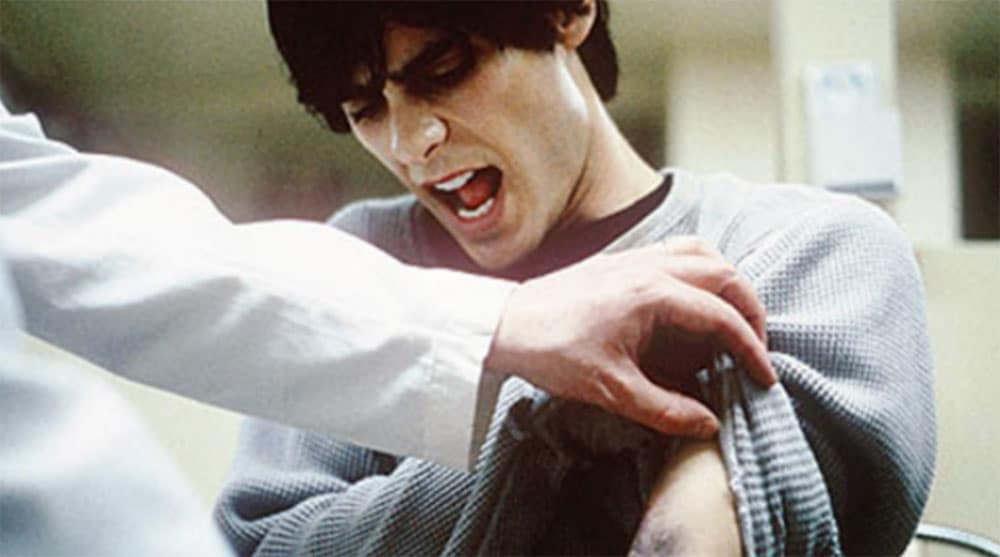
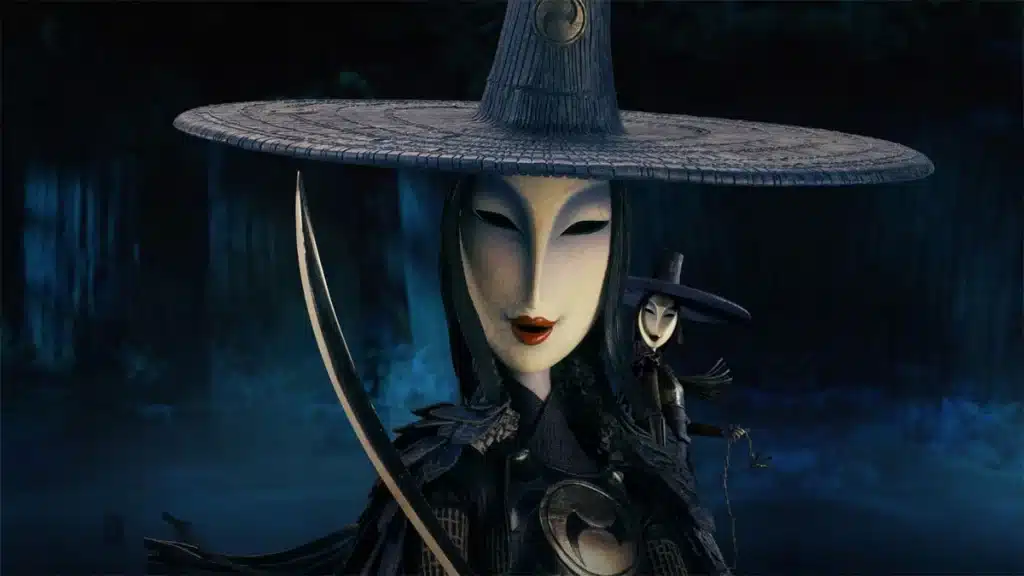
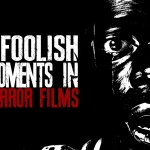
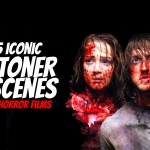

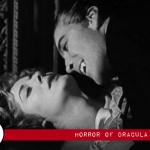








Follow Us!